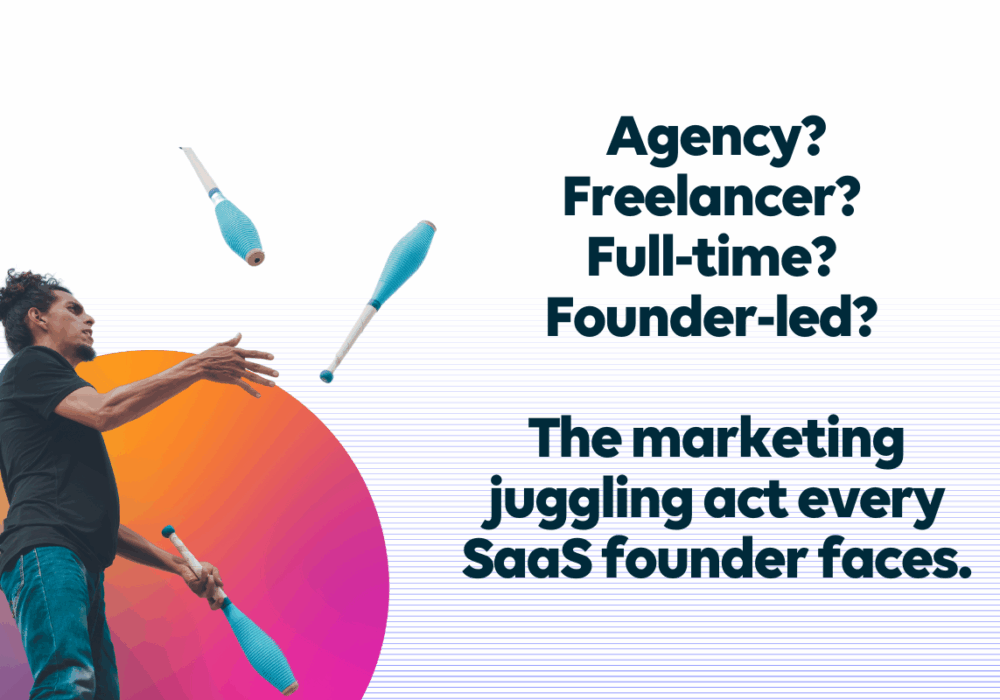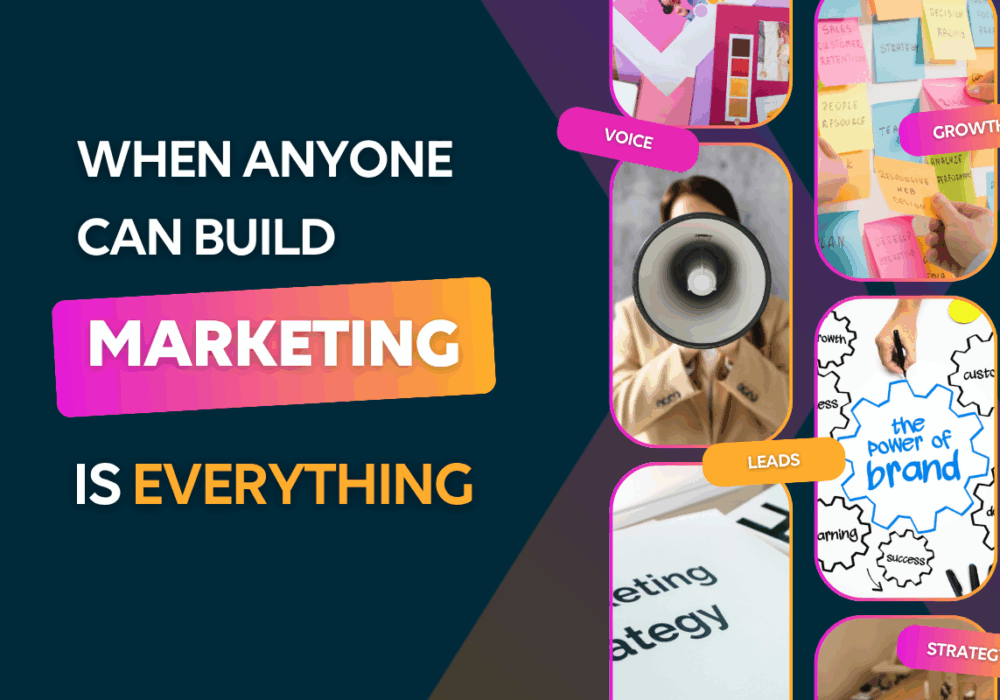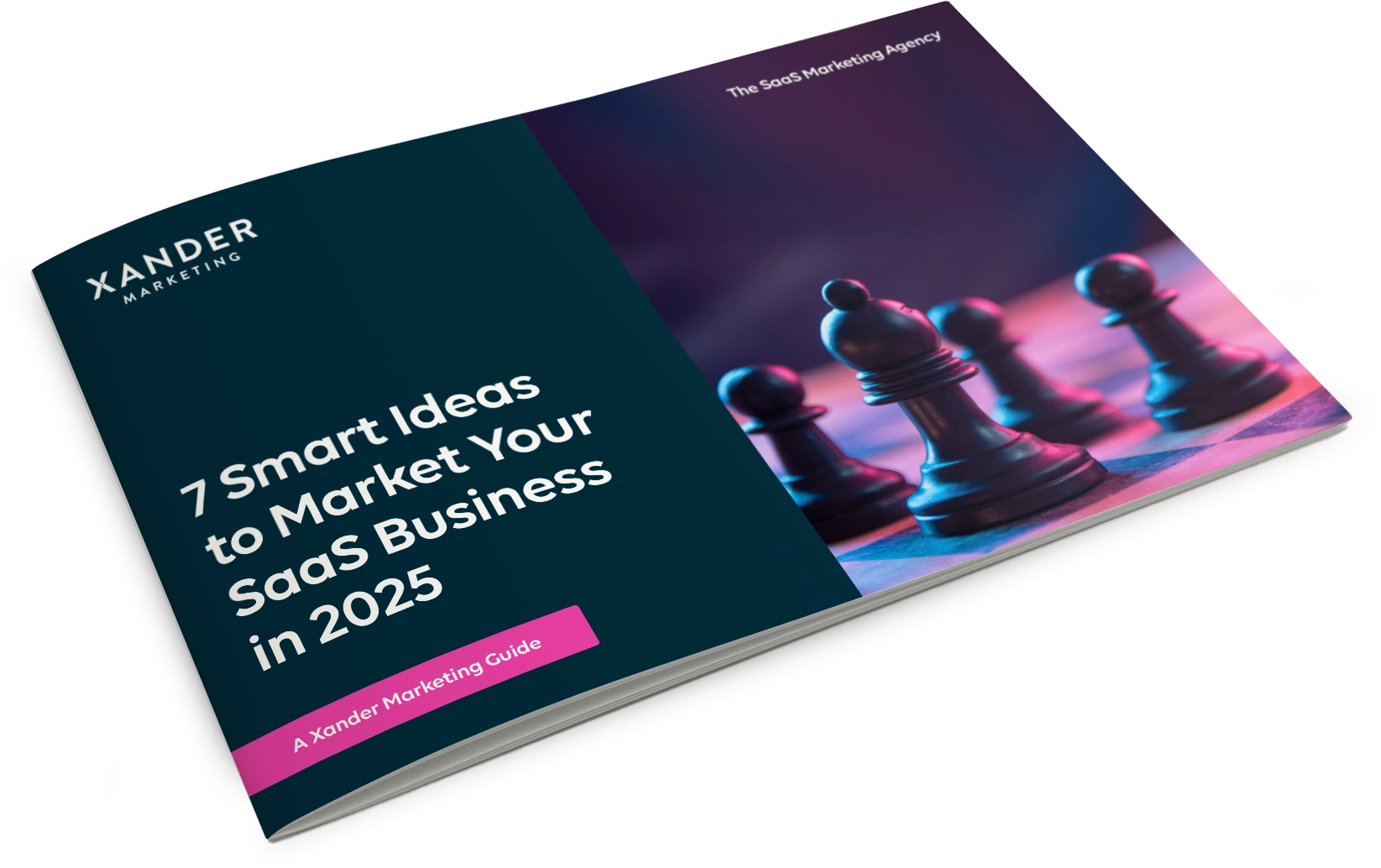How Segmentation Strategies Can Improve SaaS Lead Generation and Conversions
24th April 2023

Is it just us or is the SaaS marketing looking crowded? From 1999 when Salesforce launched the first SaaS solution to the recent rise of remote working, there’s been a constant influx of new ideas, new products, and new ways to market them. While watching the industry go from strength to strength has opened up some wonderful new opportunities, it has also made it harder to stand out from the competition and be heard above the noise.
Segmentation is a strategy that can redress this balance, getting the right messaging in front of the right people so they’ll sit up and take notice. By dividing your customer base into smaller, more targeted groups, you can speak more directly to your customers, improving lead generation and conversion, and ultimately driving more revenue. And it works: 78% of consumers are more likely to make repeat purchases from brands that personalise content for them.
If you’re looking to gain new leads and guide them down the conversion funnel, it’s more important than ever to understand your target audience and tailor your marketing efforts to their specific needs and preferences. Read on to explore the benefits of segmentation for SaaS marketing as well as effective strategies and best practices for segmenting your audience.
What Is Segmentation?
Segmentation is the process of dividing a target audience into smaller, more specific groups based on shared characteristics or behaviours. It involves identifying different types of businesses or individuals who might be interested in your product or service, then grouping them based on factors such as company size, industry, job title, location, or purchase history.
Segmentation works because it allows you to tailor your marketing efforts to the specific needs and preferences of each customer segment. You can then create targeted messaging, offers and even landing pages that are more likely to resonate with them and lead to a higher conversion rate.
For example, if you’re selling a project management tool to small and medium-sized businesses, you might segment your audience into two groups based on company size. For small businesses, you might emphasise the affordability and ease of use of your tool, while for medium-sized businesses, you might focus on its scalability and advanced features.
This tailored content could be shared via email campaigns, social media messaging, onsite content, or paid advertising. Segmenting email audiences is particularly popular, with 78% of Hubspot respondents naming subscriber segmentation as the most effective strategy for email marketing campaigns.
Types of Segmentation Strategy
If you’re ready to get started with your segmentation strategy, the first step is figuring out what kind of strategy works best for your business. These strategies all involve different ways of dividing up your target audience, each with their own benefits. The most effective strategy will depend on your specific target audience.
Demographic Segmentation
Demographic segmentation divides your target audience based on demographic factors such as age, gender, income, education, and occupation. This is useful in identifying target customers who share similar characteristics or preferences and understanding their common pain points.
Geographic Segmentation
Geographic segmentation divides your target audience based on geographic location, such as country, city, region, or climate. This is useful in identifying target customers who may have specific needs or preferences based on their location.
Psychographic Segmentation
Psychographic segmentation divides your target audience based on personality traits, values, interests, and lifestyles. This is useful in identifying target customers who share similar beliefs, motivations, or attitudes towards your product or service.
Behavioural Segmentation
Behavioural segmentation divides your target audience based on their behaviour or actions, such as purchase history, website activity, or engagement with your marketing campaigns. This is useful in identifying high-value leads and targeting them with personalised marketing efforts.
Firmographic segmentation
B2B businesses use firmographic segmentation to divide target audiences by factors such as their business, industry, revenue, and number of employees. This is useful in identifying businesses’ specific needs and tailoring different marketing content toward different industries.
The Benefits of Segmentation
Targeted Content
Breaking up your audience into smaller segments improves the effectiveness of your messaging and offers, making each segment feel spoken to directly. With 74% of consumers believing that brand loyalty stems from feeling understood and valued, tailored messaging is not to be sniffed at.
For example, if you’re selling a project management tool, you might create targeted messaging and offers for small businesses and medium-sized businesses, emphasising different features, tools and benefits that are most relevant to the needs of each use case.
Improved Engagement
Tailored content leads to more personalised and relevant experiences for your customers, which can improve their engagement with your brand and increase their likelihood of becoming loyal customers. 62% of consumers say a brand will lose their loyalty if they deliver an un-personalised experience, up nearly 20% from 2021, so segmentation could a big win for customer retention.
You could use psychographic segmentation to identify customers who value collaboration and creativity, then create content and messaging that speaks to their needs and interests and increases their likelihood of reading and sharing.
Higher Conversion Rates
By targeting specific customer segments with personalised messaging and offers, you can increase the likelihood that they will convert into paying customers. By pre-empting the needs of different audience segments, you can make sure they open their inboxes to personalised products and offers that will genuinely speak to them, and compel them to click through
For example, you could use behavioural segmentation to target customers who have already shown a high level of interest in your product with personalised offers or discounts, leading to a higher conversion rate.
Best Practices for Segmentation in SaaS Marketing
If you’re ready to reinvigorate your marketing efforts with a segmentation strategy, you will need to start with the necessary research. Segmentation is by its nature data driven, and without regular input from real-time data about your customer base, it won’t yield the full results it’s capable of. Here are our best practices for creating a segmentation strategy that works.
Identify Relevant Use Cases
Collect and closely analyse customer data and behaviour to determine which segments are most likely to be interested in your product or service. You will need to gather data on customer demographics, their businesses and industries, behaviours, interests, and purchasing history.
This helps to develop more accurate and effective segmentation strategies that are tailored to specific needs and preferences. Without accurate and up-to-date data, it’s difficult to identify the most relevant customer segments, and you may find yourself mistakenly focusing your efforts on a segment that’s less likely to convert.
Embrace Automation
Automation and personalisation tools can help you deliver targeted messaging and offers. Tools like Kissmetrics and Baremetrics integrate with your data sources, quickly creating audience segments based on predefined characteristics.
Mailchimp offers its own marketing campaign segmentation tool for email, which can automatically target your emails based on behaviour as well as arranging your email list in groupings based on specific traits.
Adding these tools to your marketing stack can streamline your marketing efforts, saving time and creating more personalised experiences that are guaranteed to improve engagement and increase conversions.
Avoid Making Assumptions
Relying too heavily on your own assumptions or prevailing stereotypes about customer segments can steer your campaign down the wrong track and leave your content unread. Instead, start with an open mind as used actual customer data and behaviour to learn accurate and relevant facts about your audience.
Likewise, don’t assume that your audience segments will remain static over time. It’s important to continuously analyse data and refine segmentation strategies to ensure that they remain relevant.
Test and Analyse Your Strategies
Keep a close eye on your audience segments as you start to roll out content for them. Start by setting clear objectives and benchmarks that are relevant for each customer segment, then track their progress over time to ensure that your segmentation strategies are effective.
Leverage customer feedback to refine strategies over time. This could involve conducting surveys or focus groups to gather feedback, or taking note of relevant mentions in reviews or social posts. Analyse these against your customer behaviour and engagement metrics to identify areas for improvement over time.
Create data Driven Strategies with Xander Marketing
By leveraging the power of segmentation, SaaS businesses can stay ahead of the competition and drive growth for their business, but setting up a winning strategy can be hard work. Whether you’re using demographic, firmographic, geographic, psychographic, or behavioural segmentation to market your product, it’s important to collect and analyse customer data and continuously refine and test your segmentation strategies.
At Xander Marketing, we specialise in helping SaaS businesses implement effective marketing strategies that drive growth and ROI. Our team of experienced marketers can help you develop and execute segmentation strategies that are tailored to your specific business and target audience, using data-driven insights and best practices to maximise your marketing effectiveness.
Book your free 30 minute consultation to learn more about how we can help your SaaS business drive growth through effective segmentation strategies.





